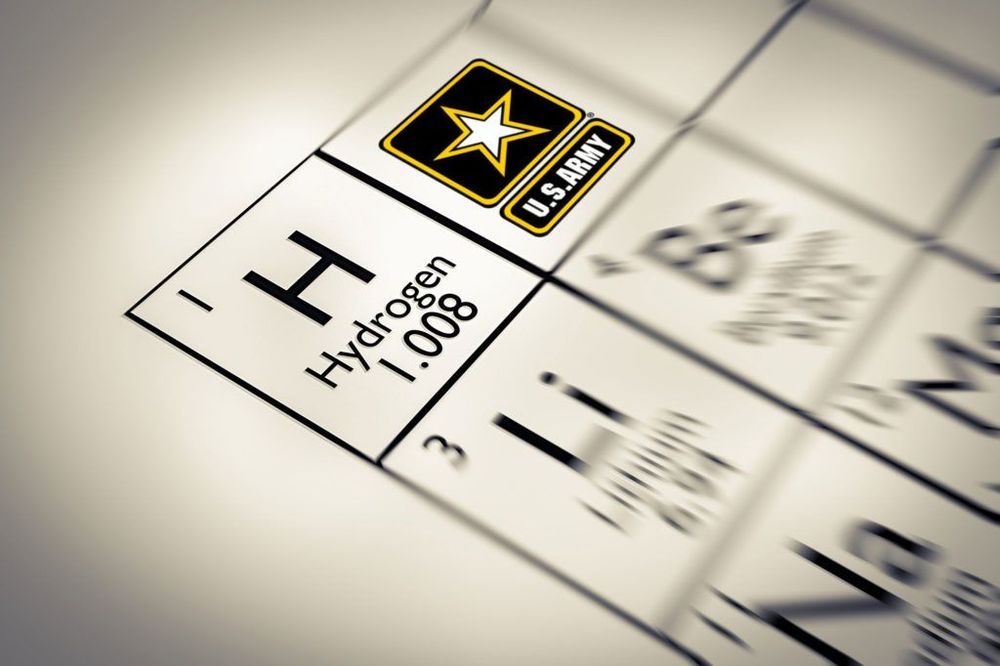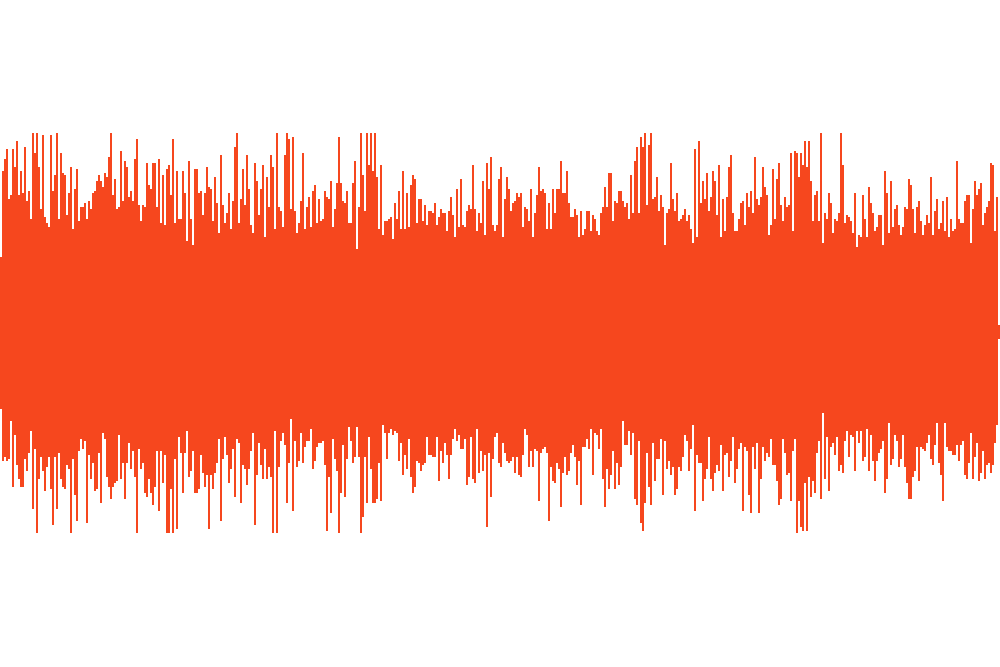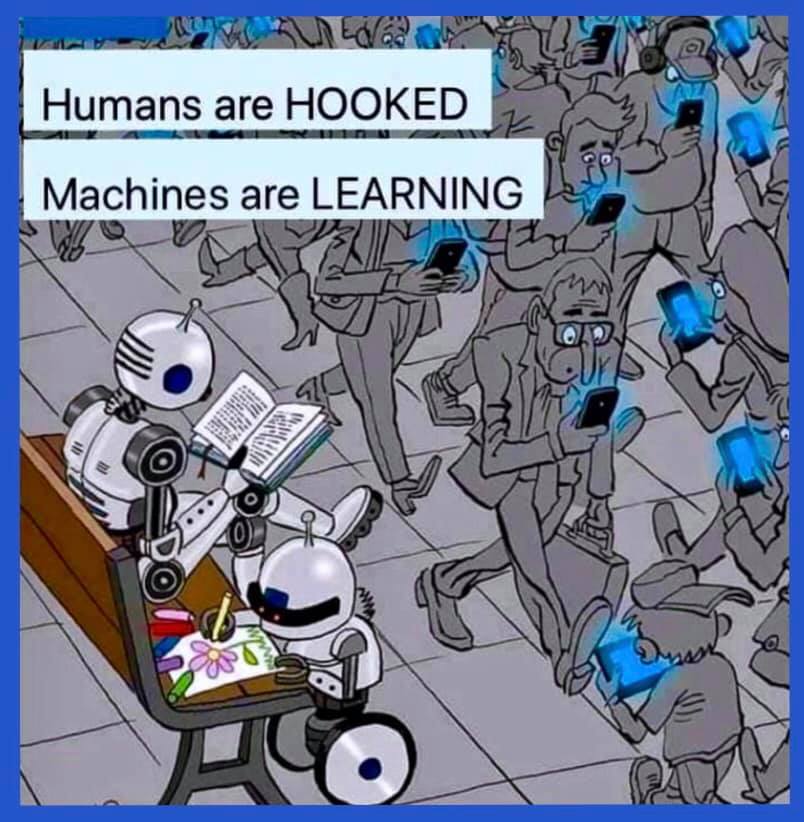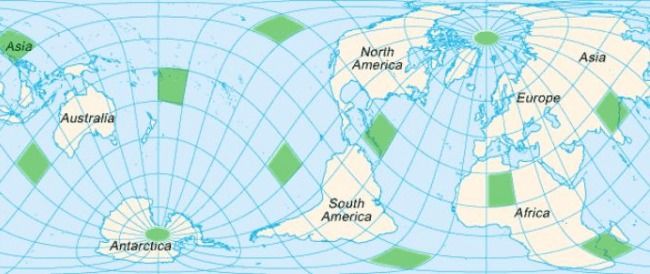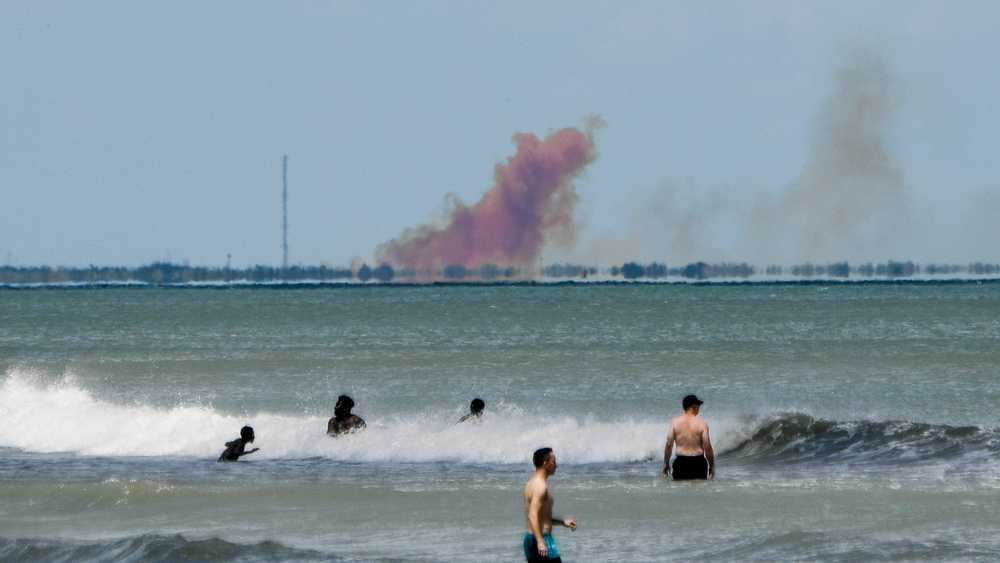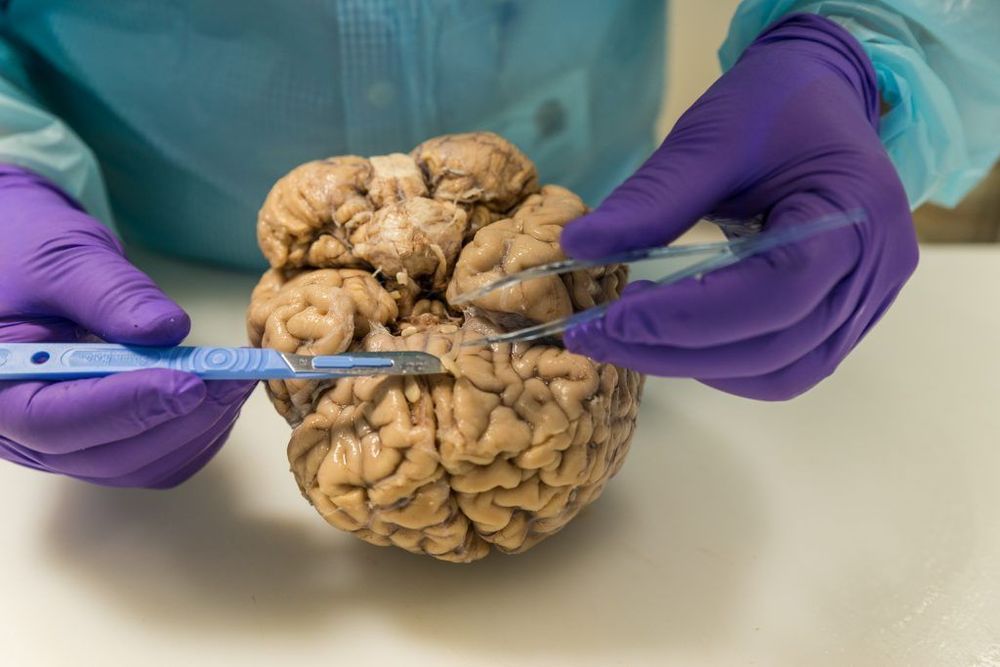ABERDEEN PROVING GROUND, Md. — Army officials announced the exclusive licensing of a new technology designed to harvest hydrogen from an aluminum alloy powder and any fluid that contains water.
“This is on-demand hydrogen production,” said Dr. Anit Giri, a materials scientist at the U.S. Army CCDC Army Research Laboratory at Aberdeen Proving Ground, Maryland. “Utilizing hydrogen, you can generate power on-demand, which is very important for the Soldier.”
Army researchers discovered a structurally-stable, aluminum-based nanogalvanic alloy powder in 2017, which reacts with water or any water-based liquid to produce on-demand hydrogen for power generation without a catalyst.
